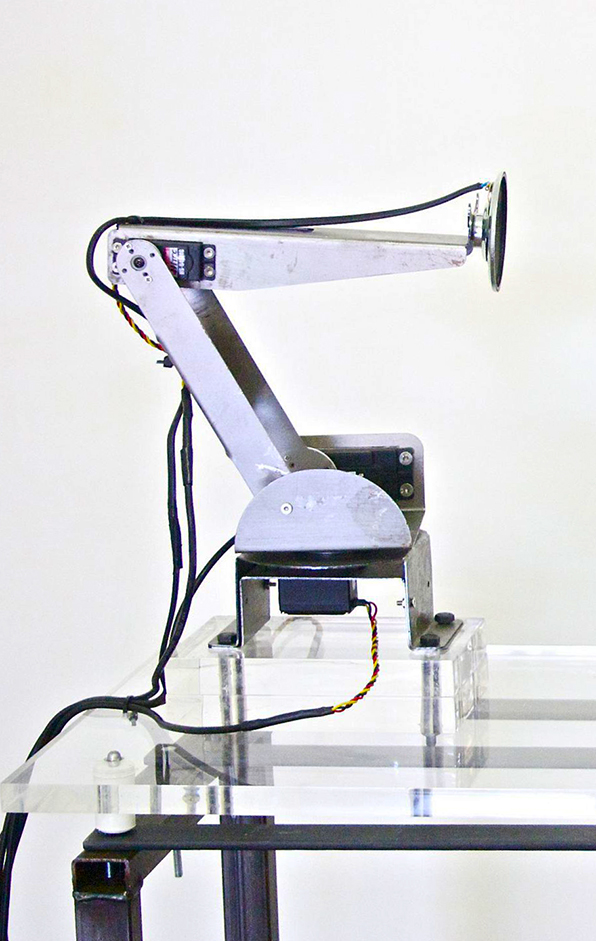
YURI SUZUKI
尤里铃木
يوري سوزوكي
beatvox
File Festival
By EPFL + ECAL lab in collaboration with Yuri Suzuki Direction: Nicolas Henchoz Designer: Yuri Suzuki Engineering: Gavrilo Bozovic, Fanny Riedo Software development: Gavrilo Bozovic, Fanny Riedo, Eric Morzier A microphone-controlled drumkit. Renowned as an artist for his projects questioning the materiality of sound, Yuri Suzuki has his own way of looking at augmented reality. For Berlin, he is creating an installation which will enable anyone to control a set of drums with their own voice. He harnesses the principles of augmented reality to interpret them in the realm of sound.

